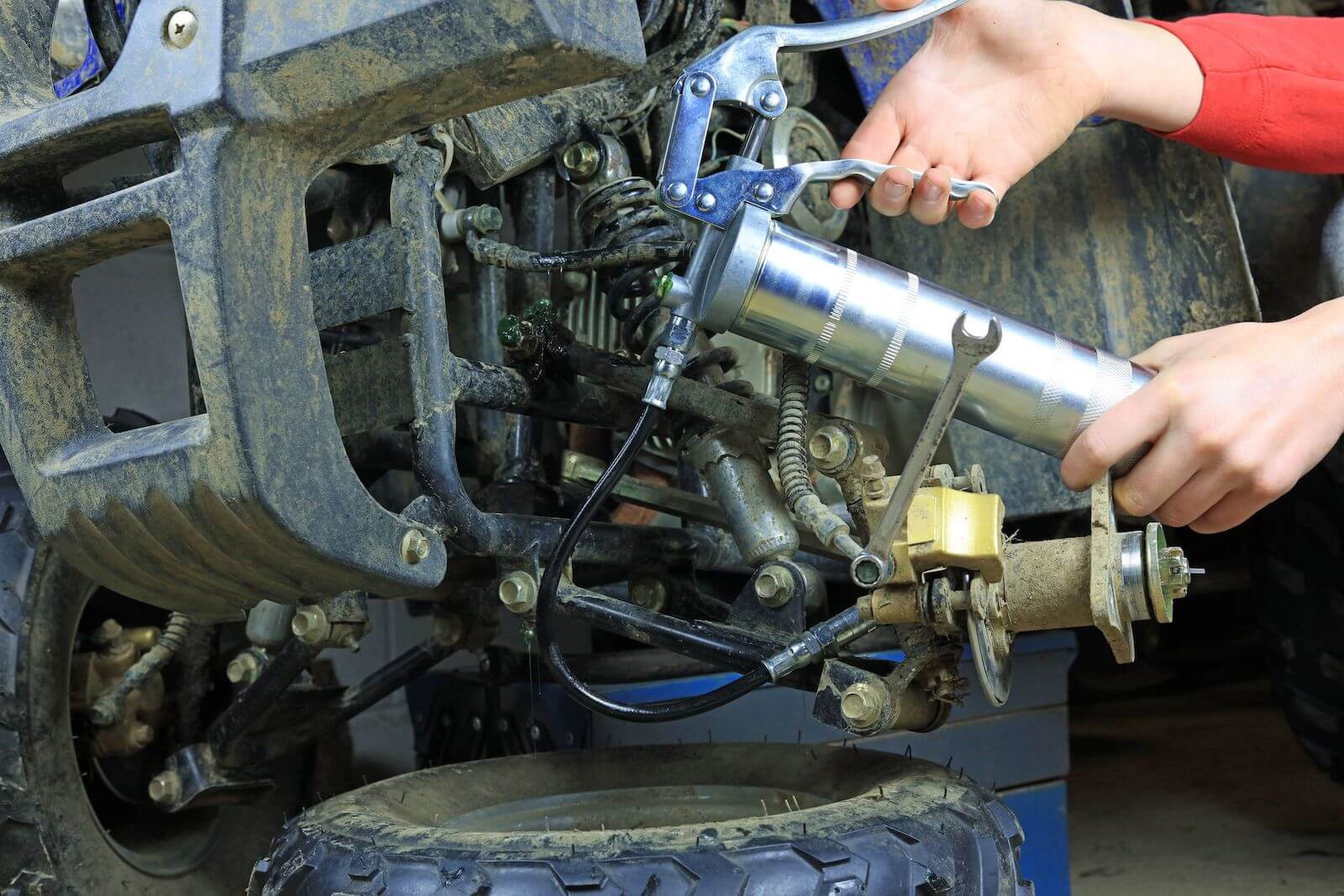Growing up on a farm in central Wisconsin had a lot of perks—world’s biggest backyard, tons of wildlife, and tons of toys— four-wheelers, tractors (adult toys), snowmobiles. Not to mention learning a ton of skills that continue to benefit me to this day!
I learned a lot about troubleshooting, repairs, and the importance of good tools. In fact, some of my earliest memories are of running to get tools for my dad or grandpa from the shop. They would often say “I will time you, it’s a race” and then I would take off full speed, running as fast as I could to go get a tool…Years later I found out they didn’t always keep track of the time, but it was the quickest way to get a tool. Ha-ha!
Tools were and are a big part of farm life and a good quality tool can be the difference between a good day and a really bad day. Injuries, wasted time, and frustration are all the result of low-quality tools. But what makes a tool good or garbage? Where it’s made? The brand? Let’s look at the good, the bad, and the truth.
Naturally, we are going to talk grease guns, but you can take this knowledge and apply it to other tools in your toolbox.
There are only a handful of manufacturers, but there are a ton of brands.
Here’s the most important fact: There are only a few manufacturers of grease guns in the world, and they make all the brands of grease guns.
Manufacturers want volume and they gain volume by offering to brand the products they produce privately. Therefore Brands 1,2,3,4,5,6,7,8,9, and 10 may all come from the same manufacturer, same raw material, and just have a different paint scheme or configuration.
Now, this isn’t unique to grease guns, the same is true about greases, wrenches, oil, and even clothes.
Why does it matter they may all come from the same manufacturer?
If the product works great, it may not matter, but when it works like crap you don’t want to buy the same thing in a different paint scheme. So you have to know what to look for, here are some telltale signs:
- The product looks the same as several other brands, but the paint or an accessory is the only difference.
- “Engineered in X” or “Assembled in X” doesn’t show where it is made. Look closely at the box and find out where it is made. This will offer a big clue as to whether it is
- Products having the same box or packaging can often indicate that the products came from the same producer and received different packaging graphics on the same box.
I recall being in Russia with a business partner and he showed me an entire row of engine oil brands and then revealed that they make every one of the brands, and they are all almost identical.
I was shocked because the prices, claims, and marketing greatly varied. I committed then and there that AET would only promote unique products and not try to sell the same product under a different label.
Good vs Bad. The quality concerns
We took a deep dive into grease gun quality for this blog post so let’s jump straight into the results. We’ll let the pictures tell the story. Our German-made Lube-Shuttle® grease gun is silver and the Indian-made grease gun we painted black.




Size Matters.
You probably noticed that the Indian-made grease gun head is quite a bit larger than the German grease gun head, but the German grease gun head is much heavier. Why? The German-made grease gun head is much denser and made of a high-quality material that won’t crack, fracture, or rupture.
The Indian-made grease gun is made of porous cast aluminum and is prone to cracking and fracturing. Bigger isn’t always stronger, pay attention to the quality.
Thread the needle
Next look at the threads. The German-made grease gun has machined threads in the grease gun head. They are sharp, clean, concise, and perfect. Now, look at the Indian-made grease gun. The threads are cast into the head and are rough, porous, and imperfect. Which do you think is going to work better and last longer?
The difference in thread quality comes from how the threads are formed and the material that makes up the grease gun head. Machined threads are threads that were cut in by a precision-controlled rotary machine. Cast threads are present in the mold where the grease gun head is made and not further refined. It is not uncommon for cast threads to be flawed.
Vacuum Sealed
Inside the German grease gun is an O-ring that makes sure the piston in the grease gun is airtight, ensuring a vacuum is maintained and the grease is pulled up during use.
The Indian-made grease gun doesn’t have O-rings and the piston in the grease gun slides back and forth on the aluminum head of the grease gun, slowly wearing out. The grease also must be forced up to the piston by a large spring and plunger assembly, making the grease gun heavier and bulky.
Price Point versus Performance Driven
The two products we compared are only about $15 different in price, but when looking at them closely there are a lot of differences that show up. What is the main difference?
Most products made in India and China are driven by price points. There is a target end price, and the product is produced based on meeting that price point. For this reason, most grease guns made in China and India are of lower quality, don’t last as long, and are cheaper at the store (not always though). Sometimes a well-known brand buys a cheap product, puts its name on it, and charges a premium— so pay attention to quality!
Contrasting price point products are our German-made lube-shuttle® grease guns that are produced with a focus on performance. Our German-made products are built to work, last a long time, and cost more because of it.
Buy 1 or buy 2 so you have 1
Thinking back to my life on the farm I can hear my grandpa saying, “Buy one good one or buy two of the cheap ones so you have one that works”. That sums up Made in Germany vs Made in China or Made in India. You can invest in a tool that will last or you can keep replacing tools that are built to wear out.
So, pay attention to quality and performance, don’t fall for the same product with different marketing and you will find maintenance work more enjoyable.






